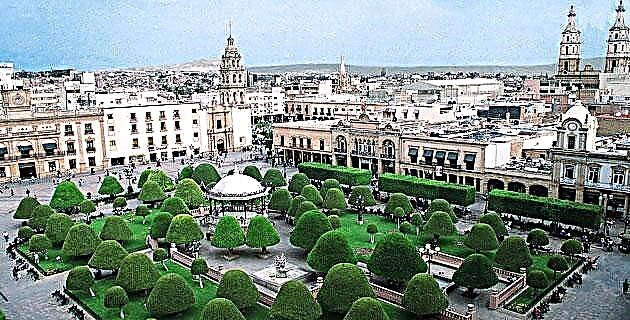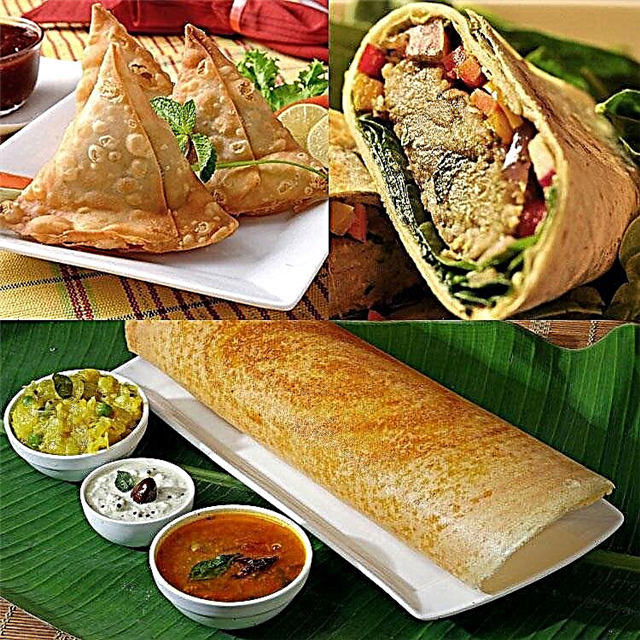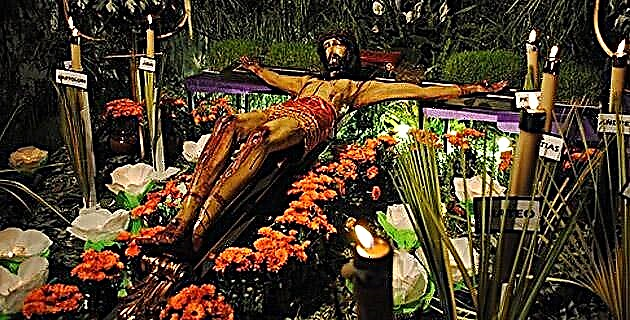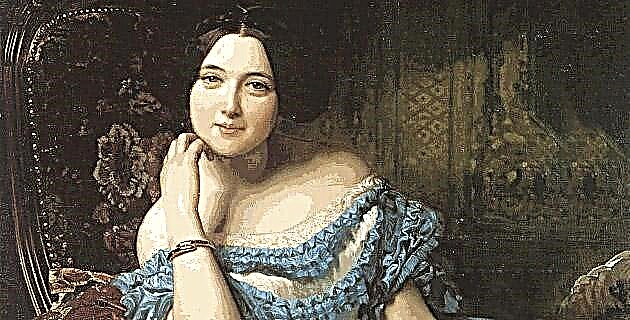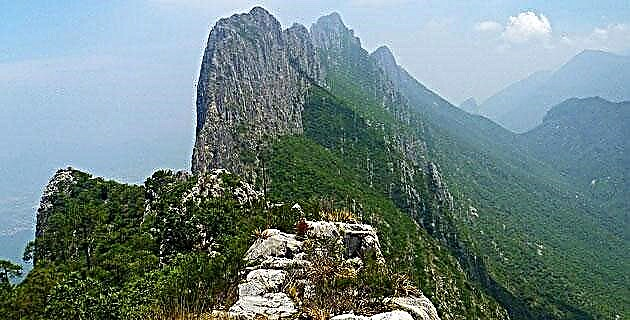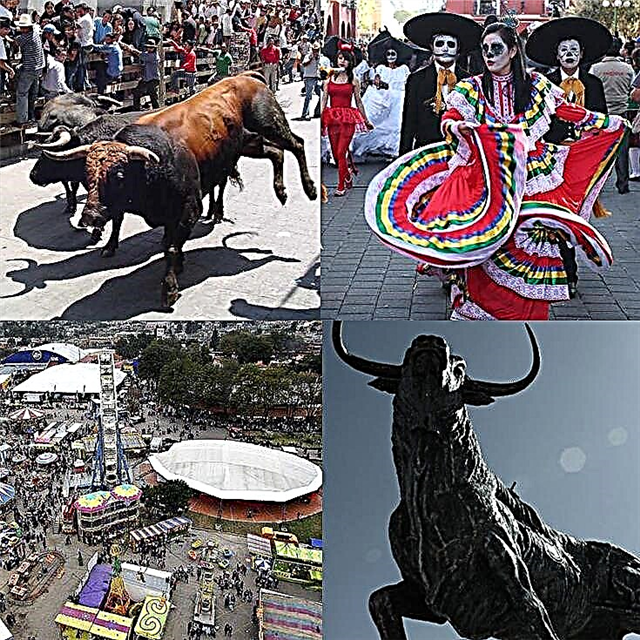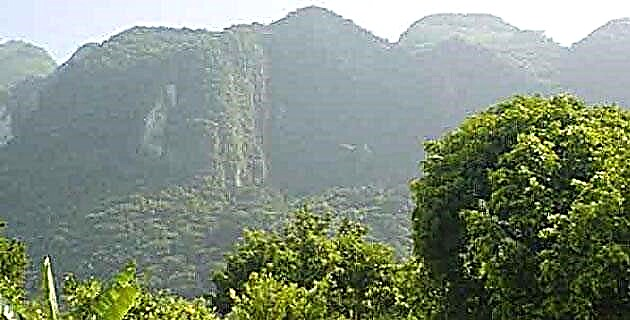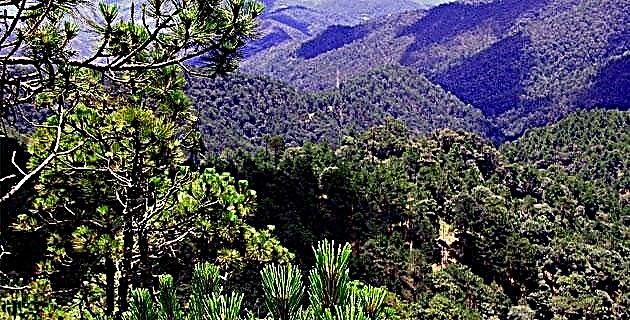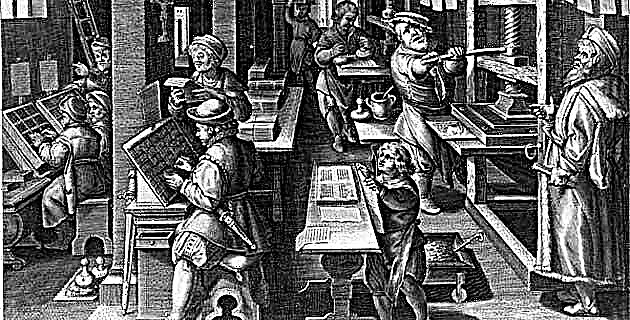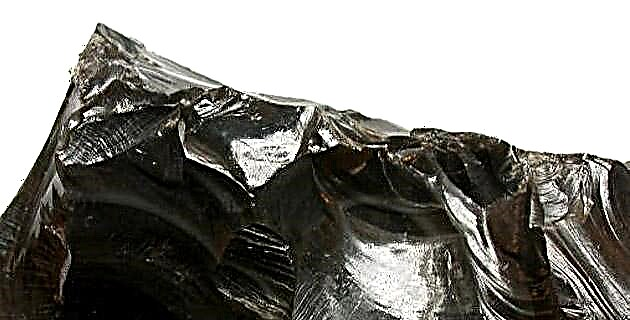
In Yucu Añute, "Cerro de arena" –Jaltepec, in Nahuatl–, a city that belongs to the dominion of the Mixteca Alta, is the most important precious stone carving workshop.
Today, the workshop is in great movement: the ruler Lord 1 Serpent has ordered that jades, turquoise, amethysts and rock crystal be distributed among the lapidaries, some of which come from - such as jade and turquoise - from distant lands, they have just arrived in the city. Jade is obtained in the town of Nejapa, but since this is not enough, it is traded with the Mayans; turquoise, for its part, is exchanged with land merchants located far to the north.
The lapidary master (taiyodze yuu yuchi) has organized his workshop by sections, according to the types of stone. His son 5 Zopilote is in charge of supervising the work of the artisans.
With some frequency, the ruler orders the workshop to make his emblem jewels: earmuffs, necklaces, earrings, bracelets and rings, as well as his insignia: nose rings, nose buttons and cuffs. When it comes to setting a beautifully carved stone in gold and silver, lapidaries must work in concert with goldsmiths. 5 Vulture recalls the magnificent gold and jade bezote made by his father, who achieved great perfection by carving the pheasant head that evokes Yaa Ndicandi (Yaa Nikandii), the solar god.
The specialty of 5 Zopilote is obsidian, the ancestral companion, with which it carves the same accurate projectile points as well as beautiful ear flaps, vats and plates. Great dexterity is required to thin this volcanic rock to a minimum thickness, without breaking the piece. His father taught him to work the stones, the characteristics of each one of them and their ritual meaning; You now know perfectly well that copper and bronze tubes of different sizes are used to make wear holes; the chisels of flint and bronze, for carving; emery boards, sand and fine cloths, to polish, and that in the carving of rock crystal it is necessary to use the point of sapphire, a crystal gift of the God of Rain (Dzahui), so hard that to achieve earmuffs laps, necklace beads and various objects, such as the crystal goblet made by his grandfather, he must put on all his strength and skill.
The 5 Zopilote journey begins at dawn; His work is hard: in addition to carving some pieces, he must supervise the work that is done in all the sections. One of them is dedicated to jade (yuu tatna), a highly esteemed stone related to the gods of water and fertility, which only the nobles could wear as an emblem of their political and religious power; Here, 5 Zopilote reviews the finished pieces: earmuffs, beads of different shapes and sizes –which will later be used in necklaces and bracelets–, plates with symbols and deities, earrings and rings, which the ruler likes to wear on several of his fingers . A group from this section is in charge of carving small figures with their arms crossed in front, in which Dzahui, protector of our land, is represented with great solemnity: Ñu Dzavi Ñuhu (Ñuhu Savi), “place of the Rain god ”. Characters with somewhat schematic features are also carved here, linked to the cult of ancestors, as well as figurines of warriors and nobles.
In another section of the workshop are the lapidary masters of turquoise (yussi daa), a stone that evokes Yaa Nikandii, the solar god; This divinity is venerated in particular by the nobles, on whose face, in the funeral ritual, a wooden mask inlaid with this stone will be placed. Irregularly cut –mosaic– or worked into small plates shaped like human faces, sacred animals or temples, turquoise is also embedded in bones and gold discs. With it, discs of various diameters are also made, which are used both in necklaces and bracelets and to embellish the plumes that the masters of the feather make; glued with resin on the nostrils, the smaller discs are used by warriors of very high military rank and by the nobility.
At the moment, jet (yuu ñama) and amber (yuu nduta nuhu) are not being worked; These materials are not stones, but lapidaries work them as such in order to achieve precious objects. In the workshop they have made beads and plates of jet for necklaces; This mineral coal, due to its color, like obsidian, is related to the shiny black lord of the Smoky Mirror, Ñuma Tnoo, also called Yaa Inu Chu´ma. In turn, amber is closely linked with fire and, therefore, also with the Sun; Not so long ago, with this fossil resin, earmuffs and a necklace were made that the ruler often wears in official ceremonies. Another material that lapidaries skillfully handle is coral; With it discoidal and tubular beads are carved that goldsmiths, depending on the design of the necklace or breastplate, intersperse and combine with beads of jade, amethyst, turquoise, gold and silver.
The priests and warriors must have a good number of jewels to wear them on special occasions, just like the rulers, except that they wear them daily as emblems of their hierarchy.
Some of these grave goods belonged to the chiefdoms and were inherited, but others, those that were privately owned, became part of the funeral offering of their owner, who in the other life would continue to hold his hierarchy.
Cinco Zopilote has already carried out the ruler's order: to supervise the distribution, among the lapidaries, of the stones that arrived at the workshop today; Now the master goldsmiths, according to their specialty, have started carving new pieces.
Your journey, particularly arduous on this day, is over. Before leaving the workshop, 5 Vulture inspects an amethyst necklace in which the lapidaries took great care to carve each fragment with flint emery, round and smooth it, polish it with wood and, once in the shape of a bead, pierce it with a small tube coppermade. The master goldsmiths have made a beautiful jewel; surely the ruler will be very pleased.
Source: Passages of History No. 7 Ocho Venado, the Conqueror of the Mixteca / December 2002

